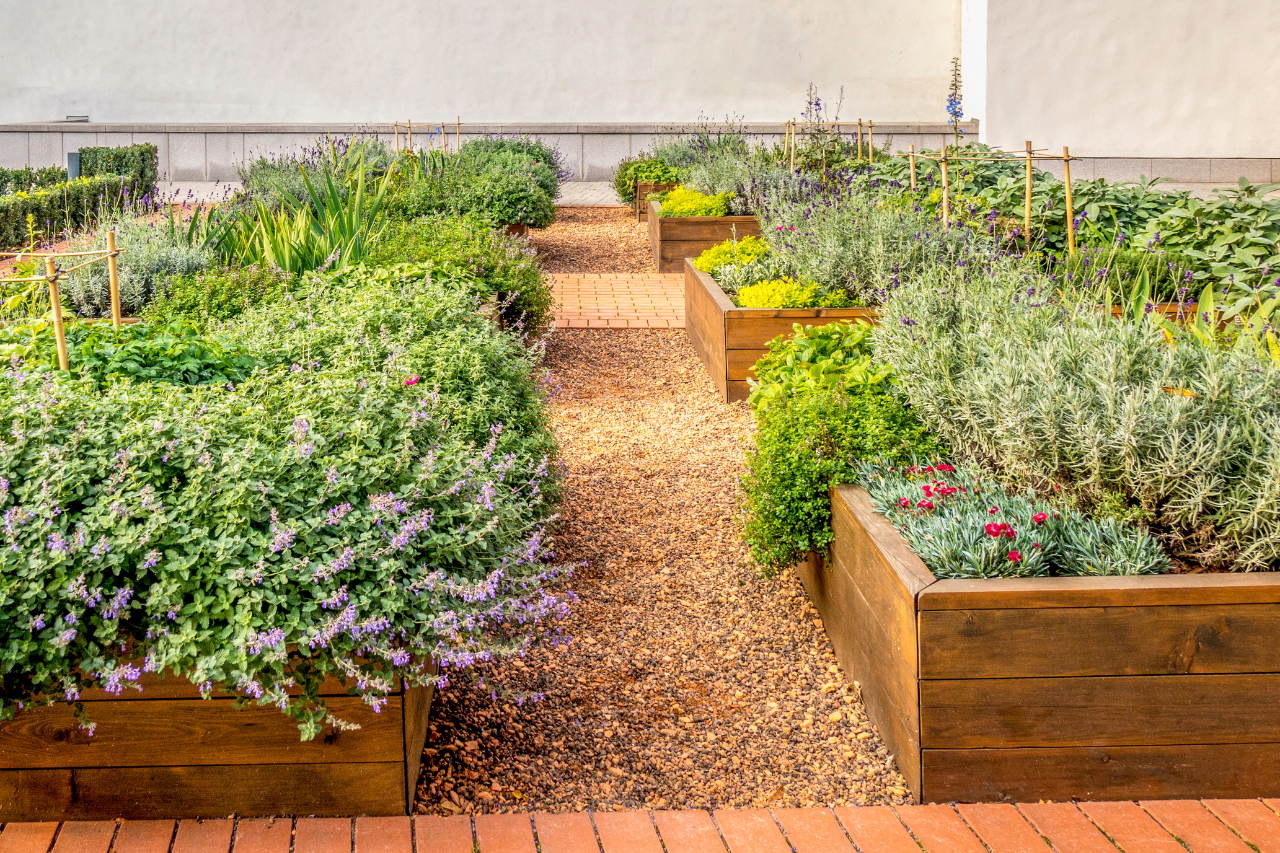
Anti-mole netting is an effective remedy against this. This type of mesh netting net has eyelets of 1×1 centimetres and is very popular as the base layer under pre-grown lawns. Because nobody wants their freshly laid lawn rampaged by a mole.
How does it work? First, you need to put aside the upper 10–15 centimetres of soil. Then, the anti-mole netting is laid out in the dug hole. We recommend always putting the anti-mole netting in the depth of 10–15 centimetres to make sure the netting doesn’t get damaged when you prune your lawn (verticutting).
If laying out several individual anti-mole nettings under your pre-grown lawn, have the nettings overlap by at least 10 centimetres. Finally, cover the anti-mole netting with soil and lay strips of pre-grown grass on top. The effect is long-lasting — anti mole netting lasts decades!
And for decades, it doesn’t let any mole through. A mole that is building underground tunnels must make entrances to its tunnels outside your property. And in the unlikely case a mole gets into your garden above the ground, it won’t take up residence there — the anti-mole netting makes it impossible for it to dig in and start building tunnels.
In addition, anti-mole netting is no obstacle for earthworms, beetles, and other beneficial insects. One more reason why it’s so popular!
How to Build a Raised Garden Bed with Anti-Mole Netting
Installing anti-mole netting in raised garden beds is easy:
- Lay the anti-mole netting on the ground.
- Place the raised bed frame on top of it and fill it with soil.
- You don’t have to fix the anti-mole netting to the ground — the raised bed frame is quite heavy on its own.
- Trim overlapping netting.
This way, neither moles nor other rodents get through the netting. This is important because whereas moles won’t eat the roots of your tulips or carrots, rodents might!
Many gardeners have been disappointed when finding out after months of hard work that rodents have devoured all their beets, parsley, and celery, leaving them only leaves above the ground. Anti-mole netting keeps your crop safe.
Some gardeners may also use rabbit netting as rodent protection. In comparison to anti-mole netting, this is less effective — rabbit netting rusts and disintegrates over time.
Raised Beds & Anti-Root Membrane
An anti-root membrane significantly extends the lifespan of a raised bed structure — it forms a barrier through which roots can’t grow. This is a popular remedy for when you plant shrubbery and trees and want to prevent their roots from growing into your pavement or destroying the tiles of your patio.
In a raised bed, the anti-root membrane has a different function. It creates a separation layer between the soil and the sidewall of the raised bed, protecting it from excess moisture and the subsequent rotting (speaking of wooden structures — which are the most common).
Anti-root membrane is also suitable for concrete and brick raised beds. It prevents water from soaking into the walls which may result in cracks in the structure in freezing temperatures.
Raised Beds & Shade Screens
With raised beds, always consider their sun exposure. If the sun beats down on your raised beds for the entire day, your plants might not like it. That’s when a shade screen comes in handy.
How to protect raised beds against too much sunshine? Simply place any poles in the corners of your raised bed and wrap the shade screen around them. This will limit the sun exposure and your tomatoes and other plants will not suffer from too much sunlight.
There are various types and weights of shade screens to choose from, depending on how much shade you need. For plant protection, we’d recommend shading of 45 and 70%.
Here’s more about shade screens and how to choose the best fitting one.
Your Trusted Home & Garden Supplier
At Milmar, we process woven and non-woven fabrics and mesh netting for a number of purposes — with Home & Garden being one of our top segments.
We make home & garden supplies for end customers as well as for retailers (mostly garden centres and hobby markets) who resell our products. Our products are labelled with our own brand or with private labels — depends on how our clients prefer it.
Sounds good to you? Just get in touch!